A morning return to the Ancient Place of Learning
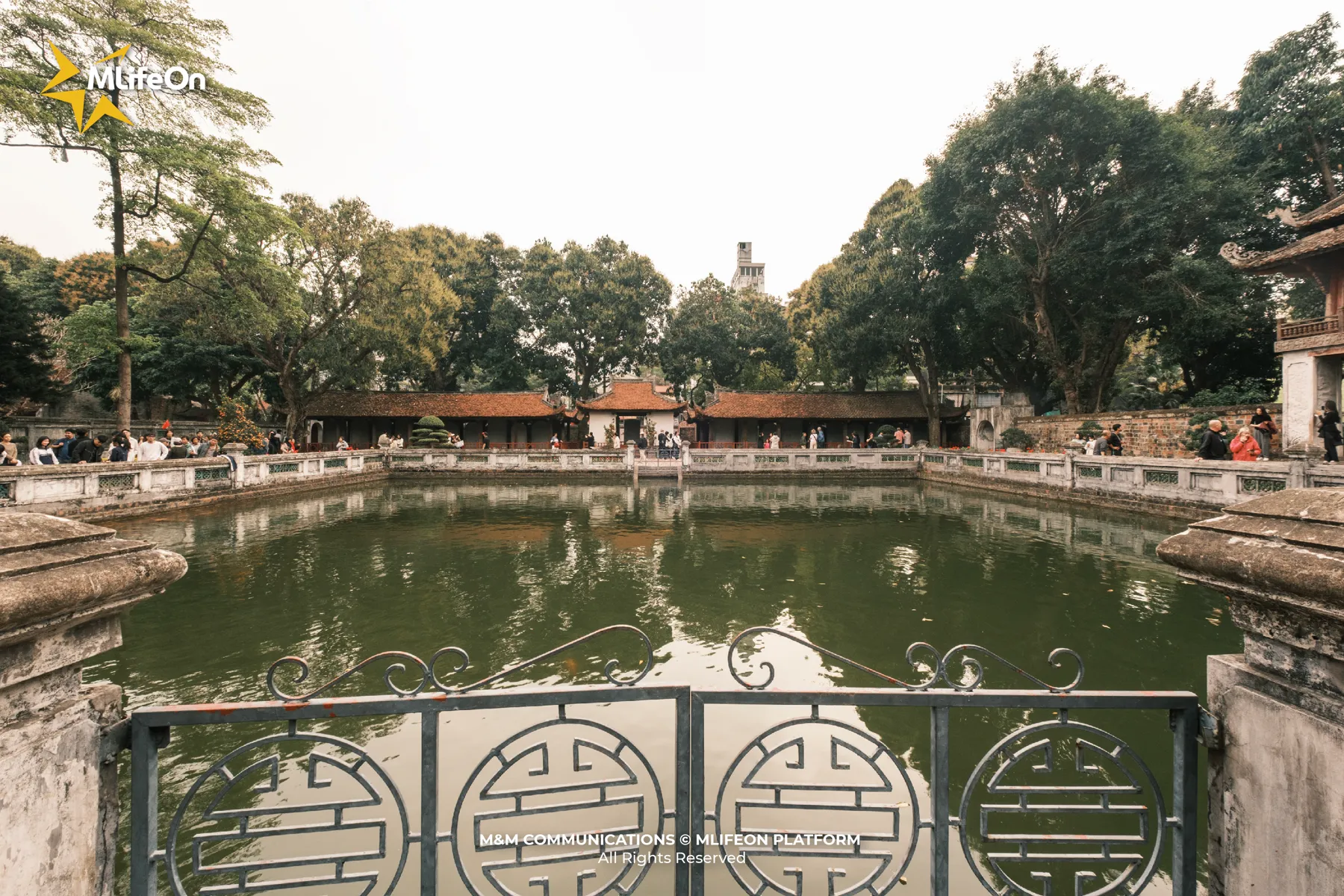
The quiet Ho Van in the early morning sets the tone for a journey back to the roots of Vietnamese scholarship.
In the middle of busy Hanoi, the Temple of Literature - Imperial Academy keep their own rhythm, calm and pure. The morning I visited, the air was slightly cool and the sunlight spread gently across the mossy walls, the old tiled roofs and the wide surface of the lake. Stepping through the three-entrance gate feels like walking into a pause in time where the values of knowledge, integrity and tradition are still carefully preserved.
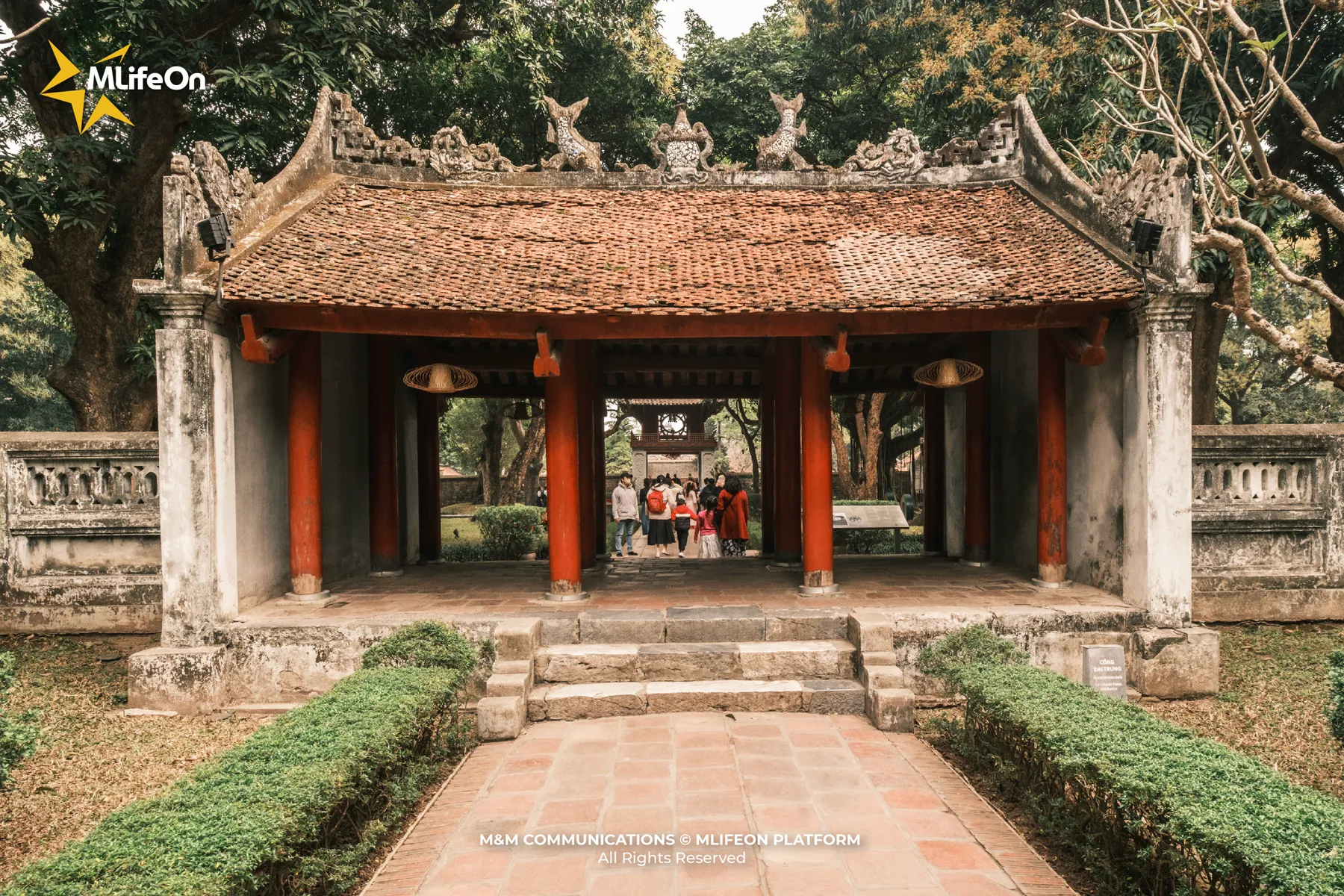
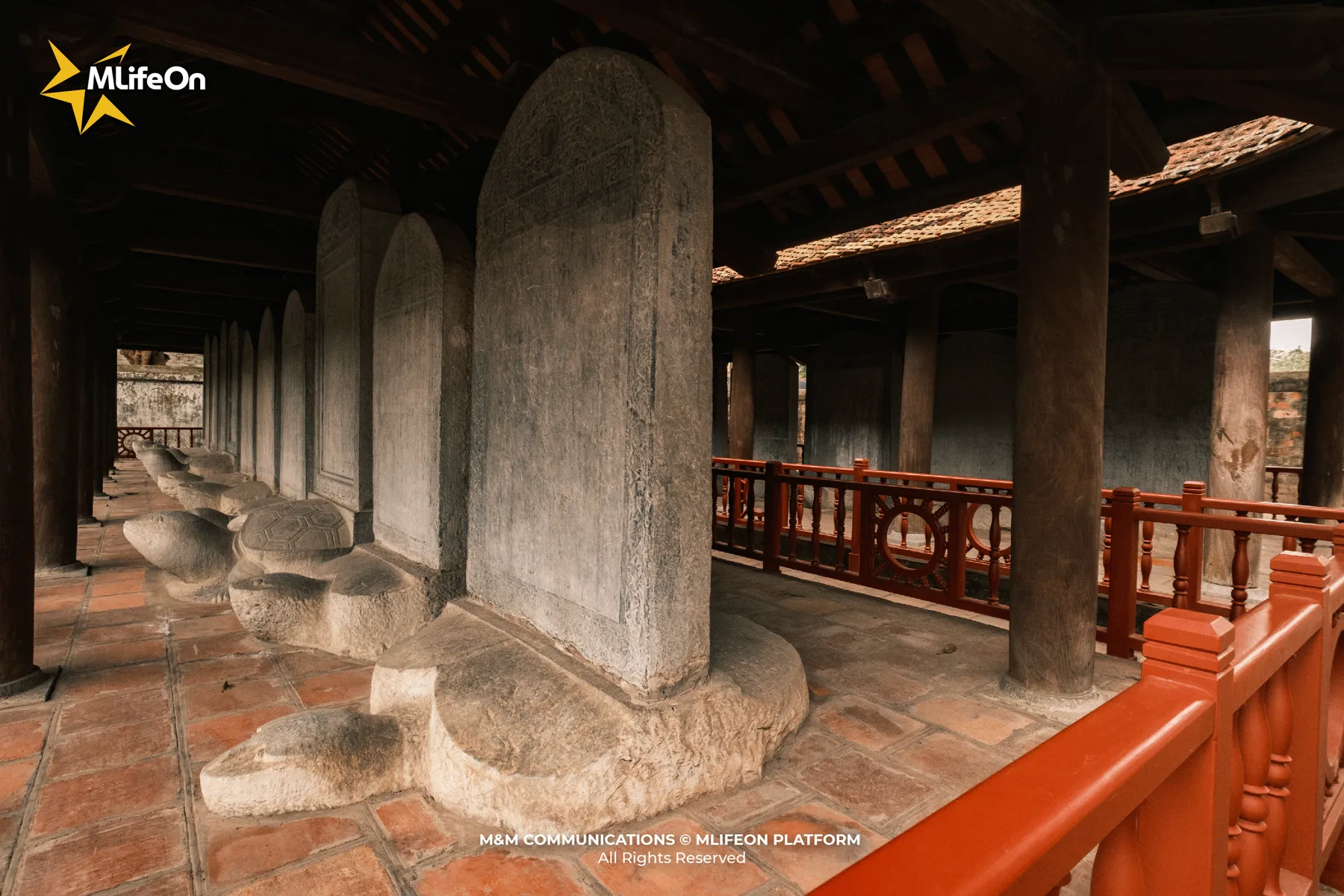
The Temple of Literature is more than a historical site. It is a place that holds the spirit of learning, where generations of scholars placed their hopes in knowledge and moral cultivation. My journey of exploration began with that feeling of returning to a space that helped shape Vietnamese culture.
Architecture Marked by Time: Every Wall Holds a Story
Walking along the red corridors, I was drawn to the carved wooden details on the door frames, beams and roof corners. Every element of the Temple of Literature carries its own language. There are flowing dragon carvings, darkened wooden beams and red lattice panels whose paint has faded through the years. These features are more than craftsmanship. They reflect the artisans’ way of expressing their view of life: gentle but steady, refined yet full of meaning.
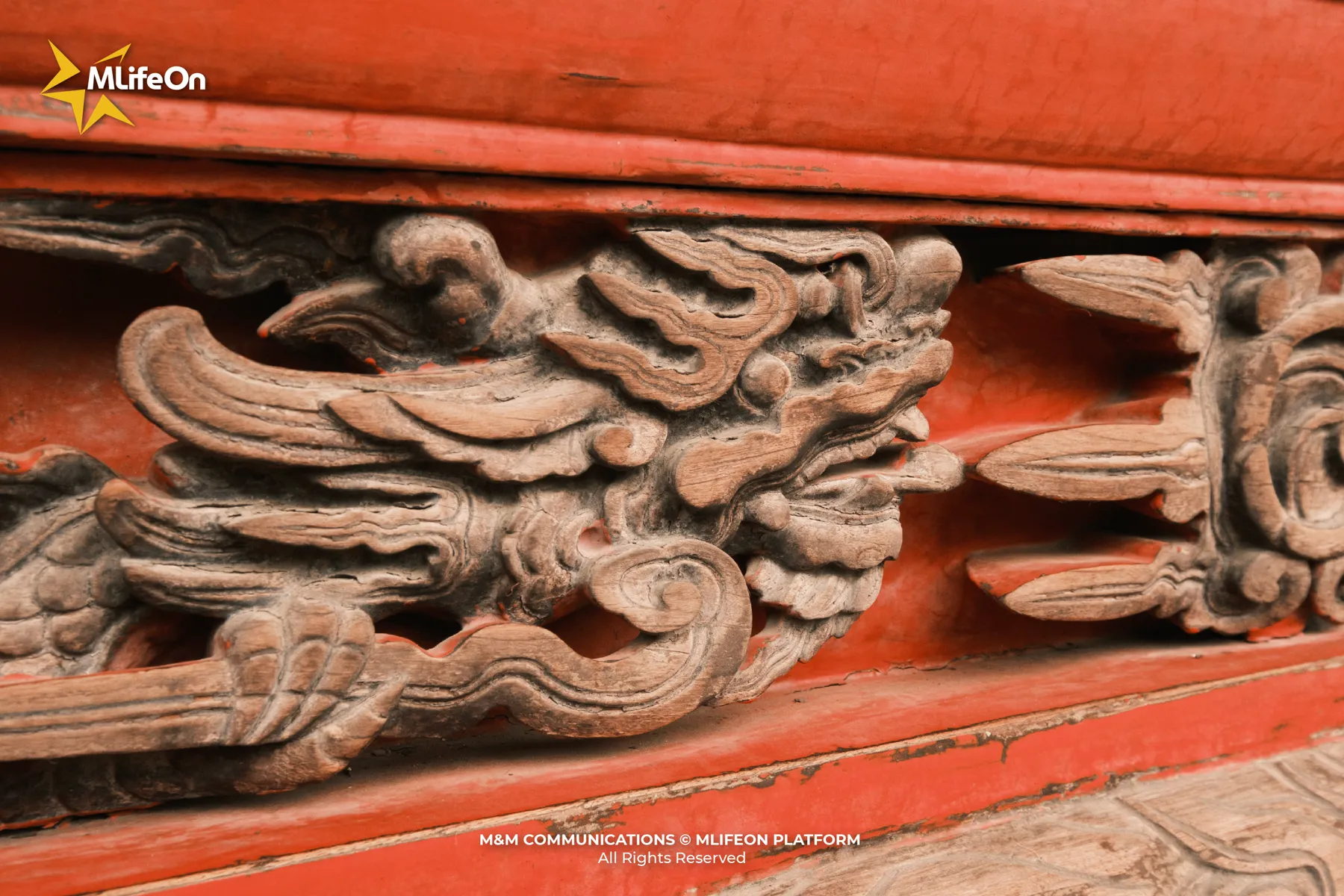
The carved dragons and clouds symbolize nobility and stand as proof of the remarkable skill of ancient craftsmen.

Moving closer, I realized something almost quietly: the architecture of the Temple is never showy. It is subtle, soft and carefully restrained, much like the spirit of Confucian learning which values balance and moderation.
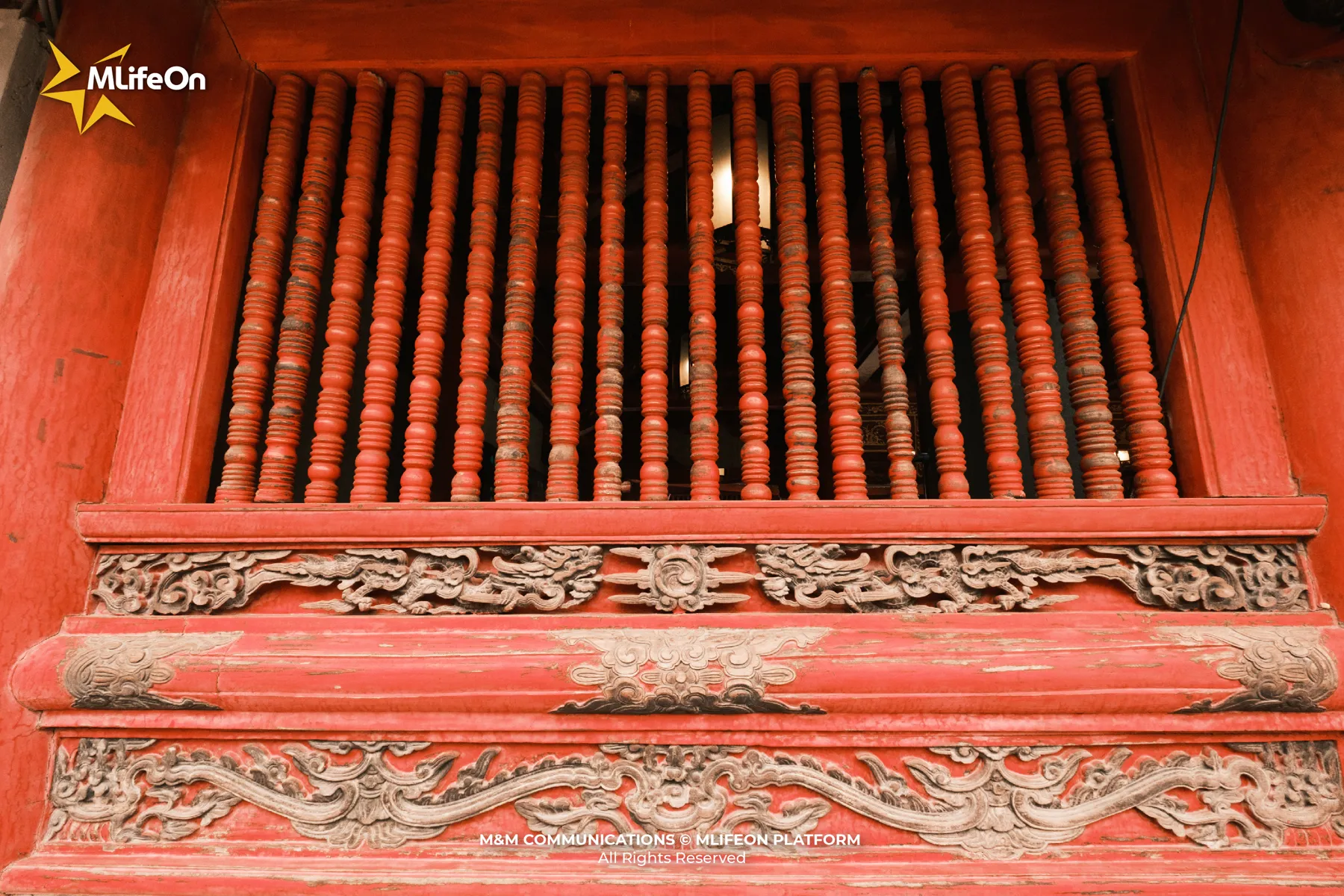
The rows of red wooden lattices are familiar accents in its traditional architecture.
The moss covered grey walls, the old archways and the timeworn tiled roofs appear in every frame like silent witnesses of history. Simply standing still for a few moments, listening to the wind passing through the old trees, is enough to feel the enduring presence of this place.
The Pavilion of the Constellation of Literature: A Symbol of Knowledge and Vietnamese Aesthetics

The Pavilion of the Constellation of Literature stands as an emblem of scholarly values where the light of learning has been honored for centuries.
It is impossible not to linger here a little longer. On that morning, the red structure stood out against the soft gray sky, its reflection on the lake creating a scene that felt like a page from an old painting.
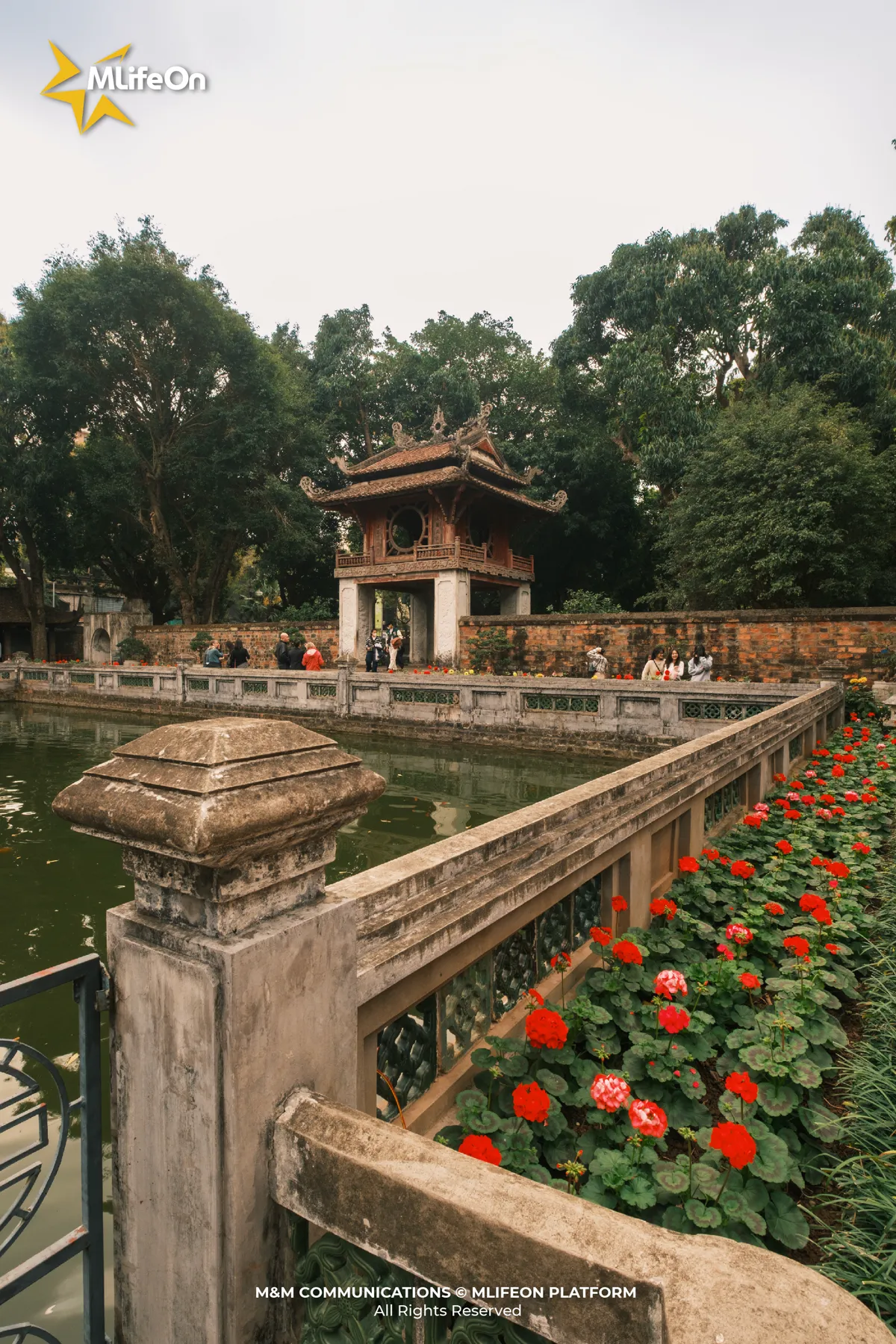
Built in 1805, the pavilion is known for its lacquered wooden architecture and its round windows that represent the Constellation of Literature, the star associated with learning and literature. Though modest in size, the pavilion carries immense cultural weight, expressing the aspiration for a refined and open form of education.
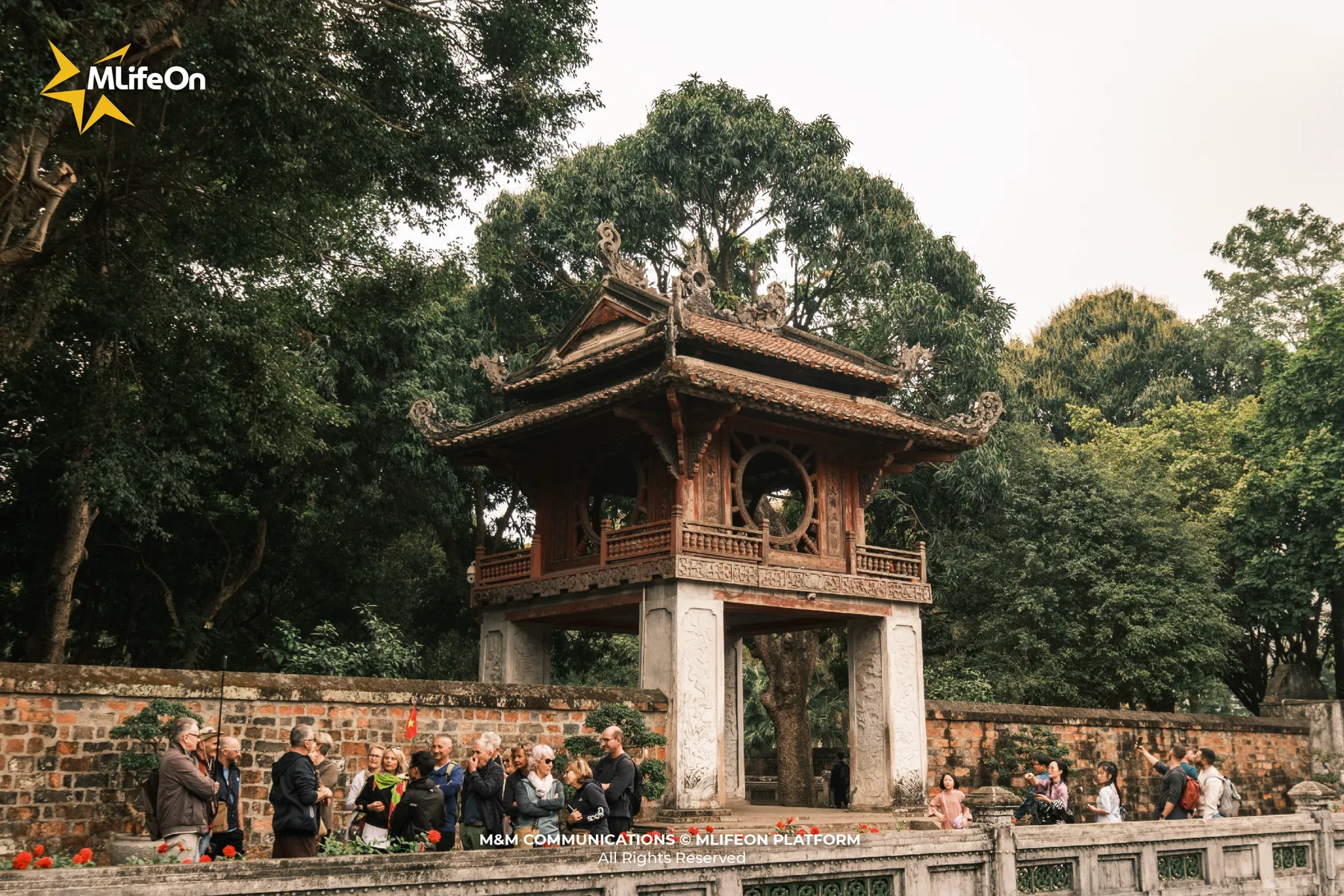
For generations, the Pavilion of the Constellation of Literature has been a defining symbol of Thang Long and Hanoi.
Looking at it, I thought of the message this heritage site conveys: knowledge is like a guiding star. No matter how times change, human wisdom continues to shine.
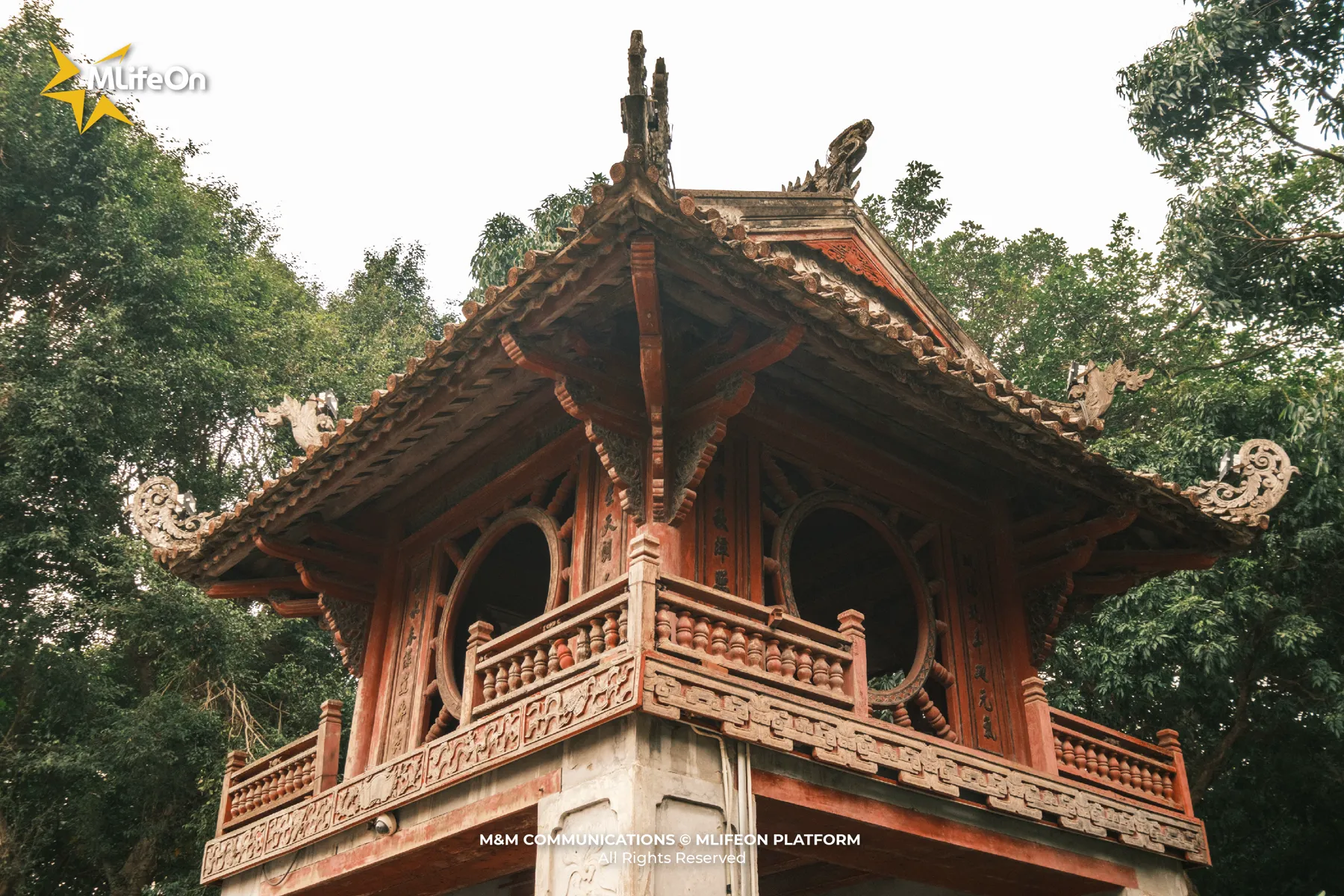
Every corner around the pavilion could easily become a postcard. The clusters of red flowers by the lake brighten the scene, drawing the eye toward a harmonious blend of nature and traditional architecture.
The Imperial Academy: The First Cradle of Vietnamese Education
Moving deeper inside is an exhibition space that recreates the journey of Confucian education in Vietnam over many centuries. The space follows a modern design while blending gently with the traditional architecture.
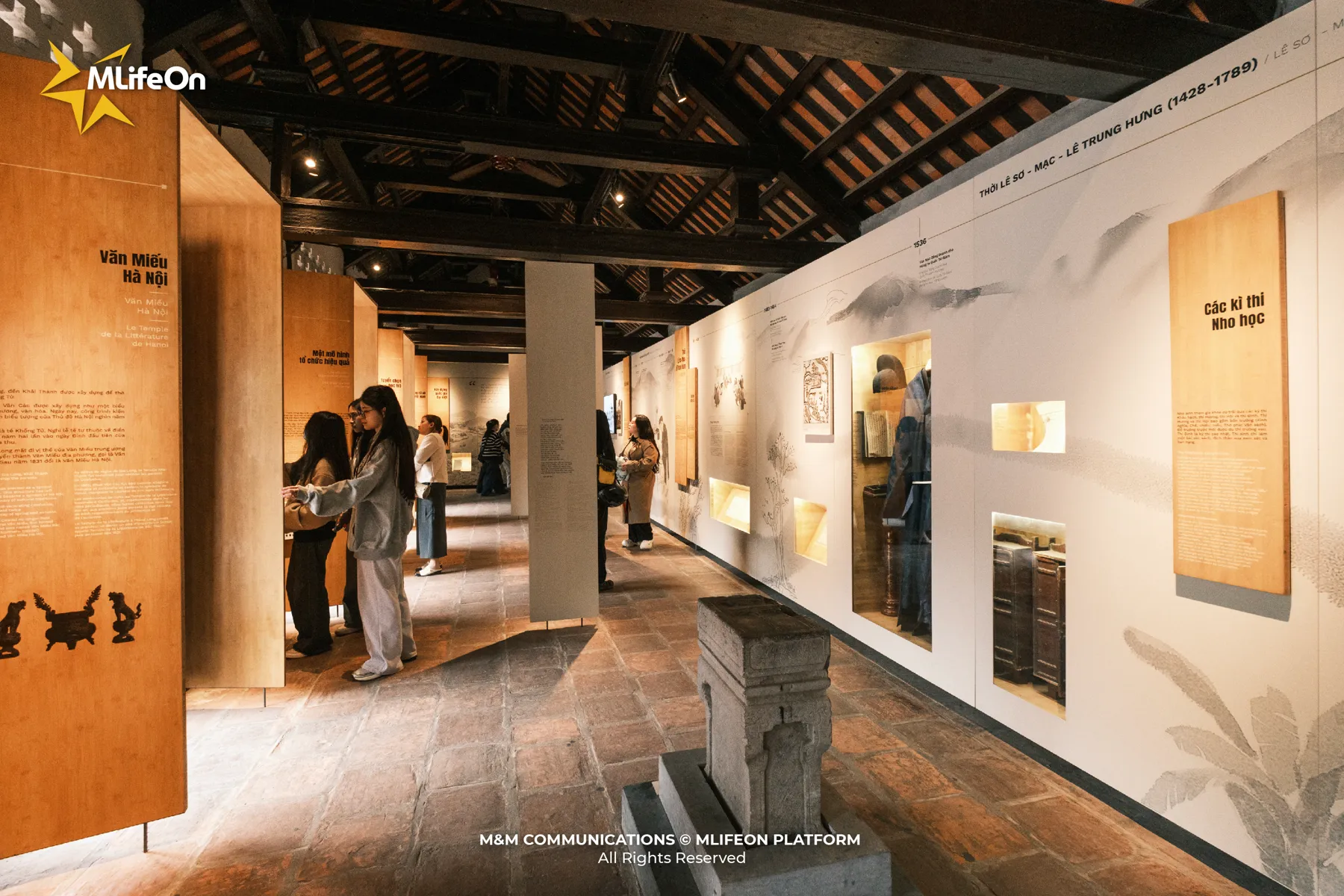
Precious documents on the history of education and imperial examinations are displayed in this renewed setting, making the heritage more accessible to the public.
The models of the regional, metropolitan and court examinations along with scholarly artifacts, garments, manuscripts and old records made me feel as if I had stepped back into the fourteenth and fifteenth centuries when students carried their belongings to sit for the exams.
My favorite part was the display titled “A state founded school for the training of talents” which captures the exact role of the Imperial Academy in the development of Vietnamese education.
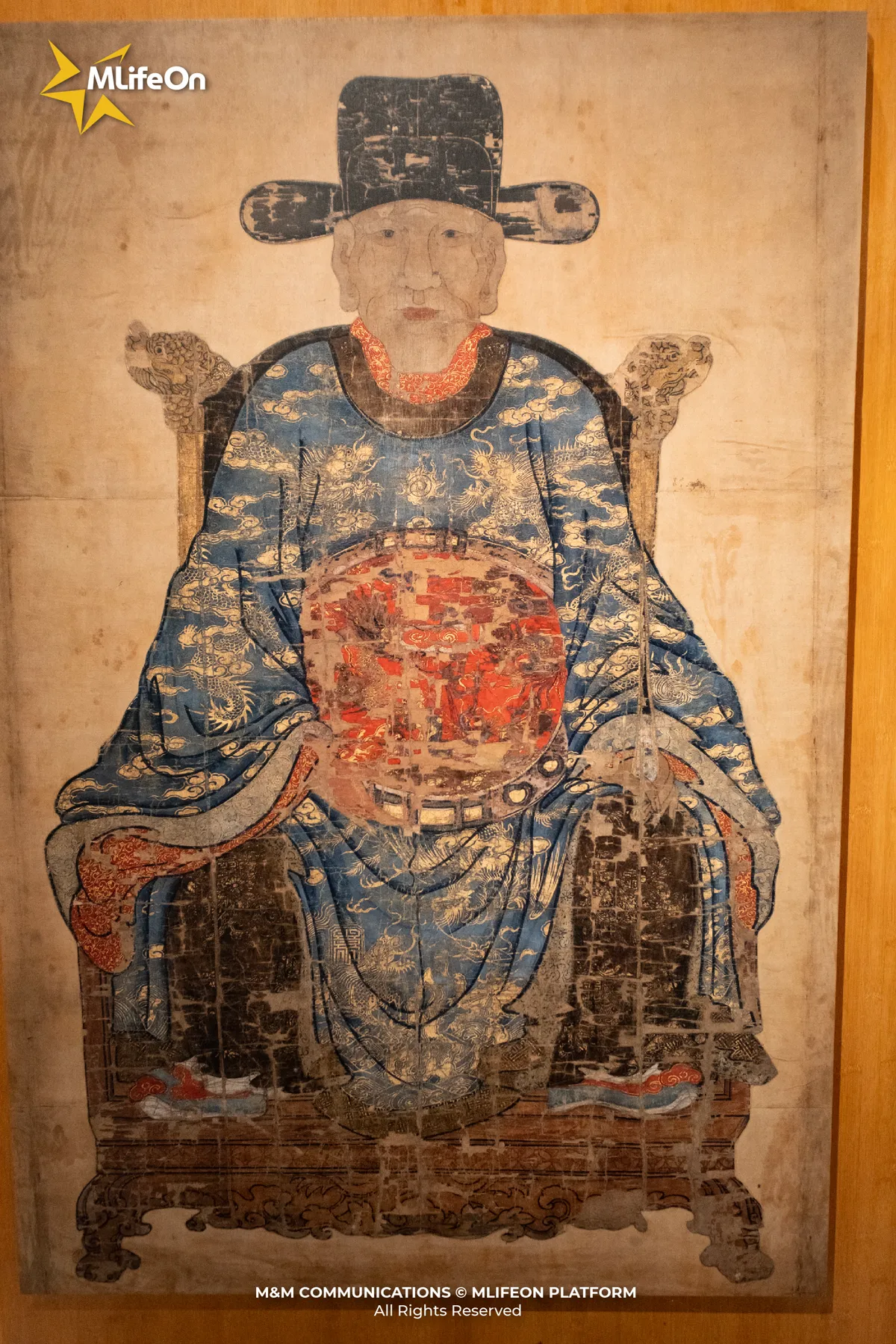
An old painting preserves the images of esteemed scholars from the feudal era.
The exhibition is rich in detail and so thoughtfully curated that after one full round, you will understand why Vietnamese people have always regarded knowledge as a standard and a foundation for growth and enlightenment.
Inside the House of Great Success, the Presence of Esteemed Masters
Inside the worship area, the soft golden light reflects gently on the ancient statues. The faces of scholars and sages appear calm and composed, symbolizing wisdom and integrity.

Inside the worship area, the soft golden light reflects gently on the ancient statues. The faces of scholars and sages appear calm and composed, symbolizing wisdom and integrity.
Known as “the shining star of Vietnamese learning,” Chu Van An represents not only intellect but also moral uprightness and dignity. The intricate carvings on his red ceremonial robe reveal the craftsmanship of Vietnamese artisans and tell the story of an era that valued knowledge, ethics and the exemplary role of teachers. The House of Great Success is a place where visitors can reconnect with the core values of teaching and learning.
Contemporary life: a bridge between past and resent
What I enjoy most is the harmony between the old and the new.
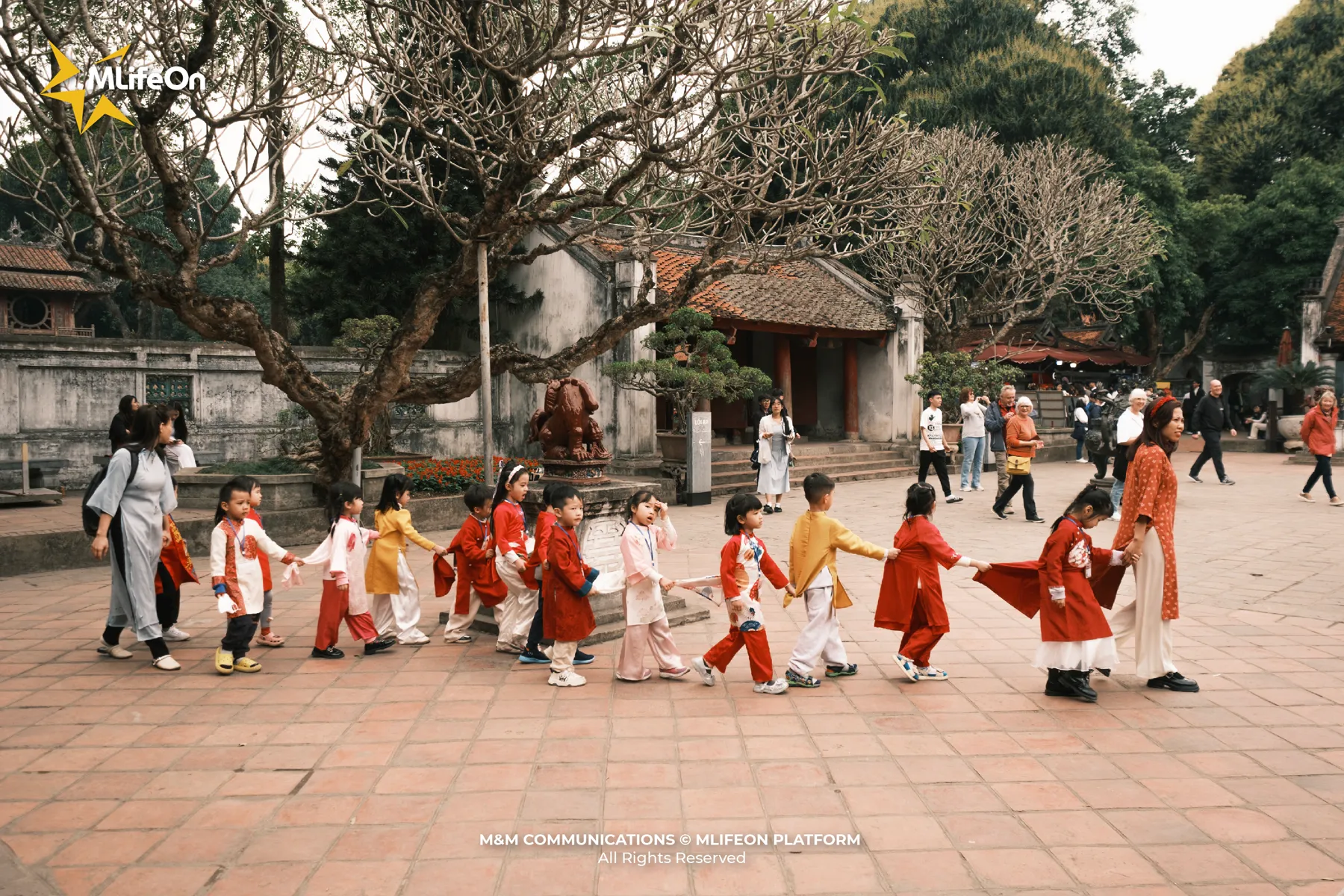
Today, the Temple of Literature is alive with a renewed spirit. Children and visitors from everywhere find memories, connection and a sense of belonging to Vietnamese culture

The innocence and bright energy of the young bring a vivid liveliness to the space.
Despite centuries of change, the Temple of Literature - Imperial Academy remain familiar gathering places during the Lunar New Year, the start of each school year and before important exams. The image of children in traditional attire or students writing down their wishes shows clearly how this heritage continues to thrive.

In the solemn setting of the site, these everyday moments make the place feel more alive than ever.
Heritage is not only something to look at, it must live with the present generation.
And today, the Temple has achieved that balance: quiet and contemplative yet naturally in tune with modern life.
Ho Van: a quiet pause within the heritage site

Ho Van is a serene space where visitors can slow down during their journey through the heritage complex.
In a quieter corner of the site, the lake feels like a breath of stillness. The sound of water, the rustling wind and the shade of centuries-old trees make it an ideal stop before ending the visit.
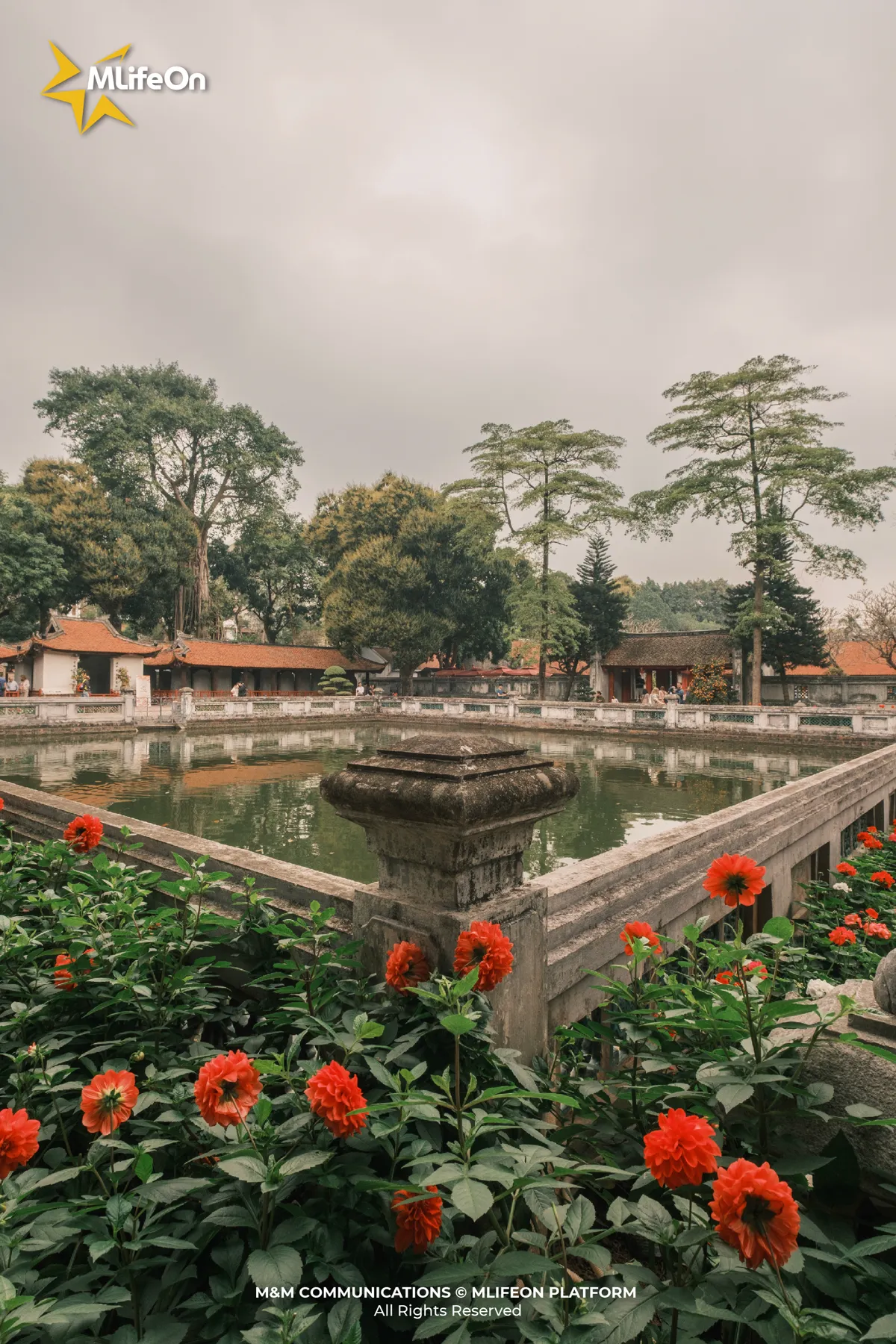
The lake surface glimmers softly, reflecting the calmness of the surroundings. Its secluded corners create poetic scenes for anyone seeking a peaceful moment in the heart of Hanoi.
The Temple of Literature: a living heritage in the hearts of Vietnamese people
At the end of the journey, I realized that the Temple of Literature- Imperial Academy are not only witnesses of history but also a living heritage that preserves profound values of learning, respect for knowledge and the desire for self-betterment.

Every step here feels like continuing the flow of knowledge that has shaped the nation for centuries.
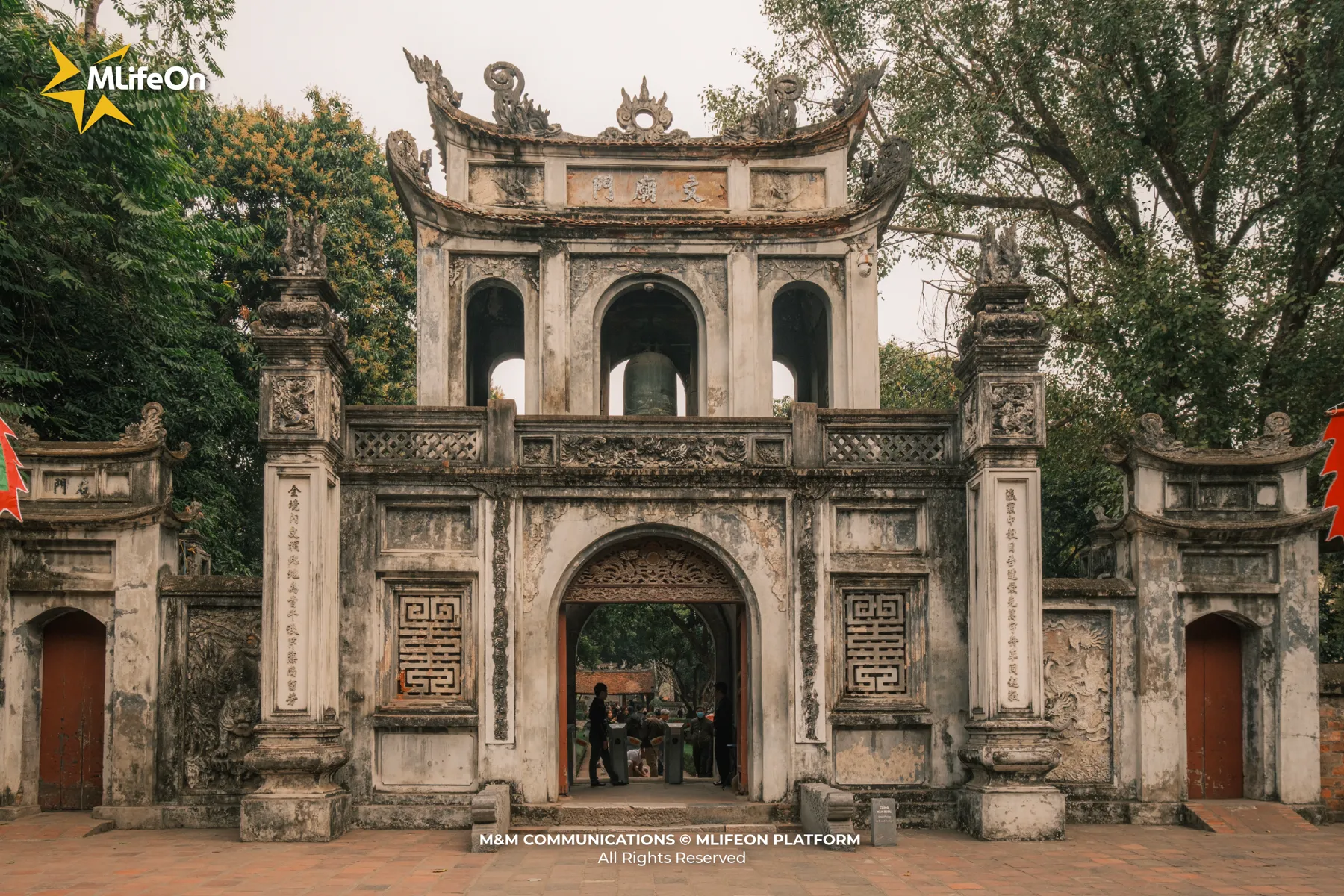
The Great Central Gate stands as a symbol of endurance, a place where Vietnamese cultural values are preserved and passed on through generations.
Leaving the Temple of Literature, I carried with me not only beautiful photographs but also a sense of reconnecting with cultural roots, something not every place can offer.
Conclusion
If you return to Hanoi someday, spend a morning walking through the gates of the Temple of Literature, breathe in the familiar scent of its ancient spaces, watch the Pavilion of the Constellation of Literature reflected on the water and pause for a few quiet moments with history. You may feel your heart slow down, deepen and soften. Heritage is always there, waiting for us to open our hearts and listen.
—--------------
CREDIT:
- Photography: Luan Nguyen
- Content: Tommy Phung
- Design: Trung Huynh




















